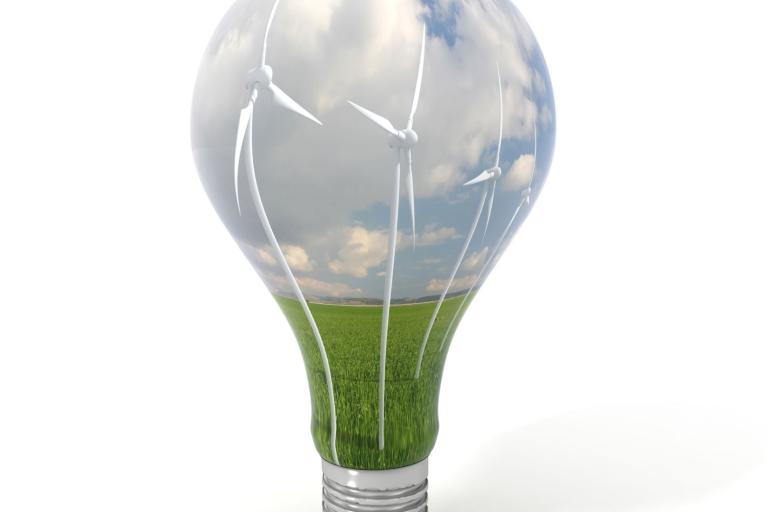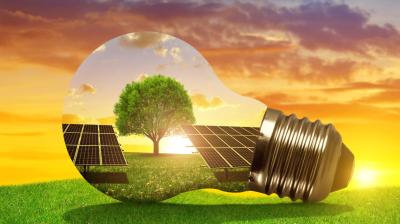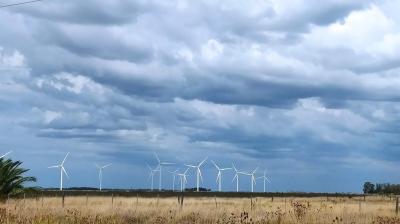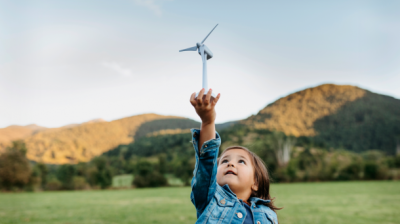WMO community supports urgent transition to clean energy

Clean energy is crucial for decreasing greenhouse gas emissions and providing dependable power sources for communities. Energy lies at the core of a double challenge: leaving no one behind and protecting the Planet. And clean energy is crucial to its solution.
“A fair, just, equitable, and urgent transition from dirty fossil fuels to clean energy is essential to avoid the worst of climate chaos and spur sustainable development,” said UN Secretary-General António Guterres in a message.
The World Meteorological Organization plays a pivotal role in this transition. It is stepping up support for integrated weather, water and climate services which are crucial for enhancing the resilience of our energy systems against extreme weather and climate change impacts.
“Our work in providing precise weather, water, and climate data is more crucial than ever as the world transitions to renewable energy sources like wind, solar, and hydroelectric power,” says WMO Secretary-General Celeste Saulo.
“Renewable energy is the cornerstone of not only combating climate change but also ensuring energy security for future generations. It's heartening to see how meteorological insights are increasingly being integrated into energy planning and decision-making processes, enhancing the efficiency and reliability of renewable energy sources,” she says.
WMO collaborates with the International Renewable Energy Agency (IRENA) to foster the forecasting of renewable sources like wind, solar and hydro power. This partnership is a testament to the power of global cooperation in tackling climate change and advancing clean energy solutions.
Renewables now dominate new sources of supply. In 2022 alone, 83% of new capacity was renewable, with solar and wind accounting for most additions. Such an increase is key to achieving decarbonized energy systems by 2050, with an accompanying steep and decisive decline of fossil fuel consumption, according to a joint report by IRENA and WMO “2022 Year in review: Climate-driven Global Renewable Energy Potential Resources and Energy Demand.”
Sustainable Development
The role of the meteorological community in the green transition is pivotal because renewable energy sources are greatly impacted by climate change and extreme weather impacts as well as natural climate variability. For instance, the seasonal and annual fluctuations for wind power for many countries can be as much as 15%, whereas it is lower for solar power.
Mainstreaming climate into operation, management and planning of energy resources should be a priority. This could lead to the establishment of Early Warning Systems to help better manage energy load, resources, and maintenance. Moreover, this can inform energy infrastructure modernization and expansion and trigger the necessary innovation across technologies, markets, and policies.
Sustainable Development Goal 7 (SDG 7), which focuses on affordable and clean energy, is to ensure universal access to economical, reliable, sustainable, and modern energy by 2030.
Presently, global efforts are falling short of achieving SDG 7, as 675 million people continue to lack access to reliable power, living in darkness. In April 2024, the UN General Assembly (UNGA) will conduct a Global Stocktaking on Sustainable Energy to evaluate advancements and propose remedies.
Further information is available on the International Day for Clean Energy.










